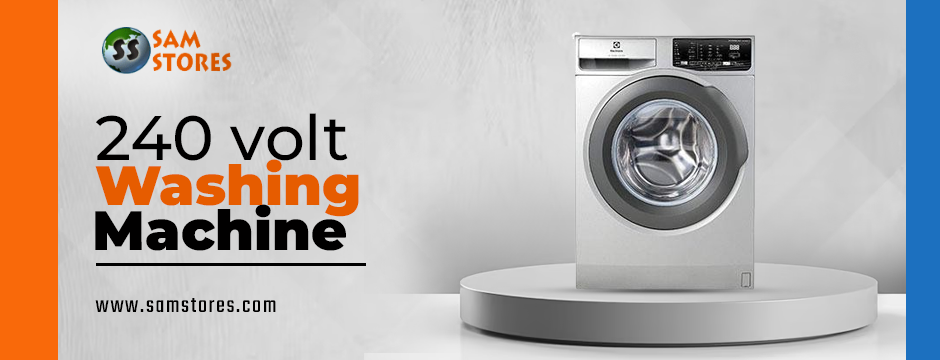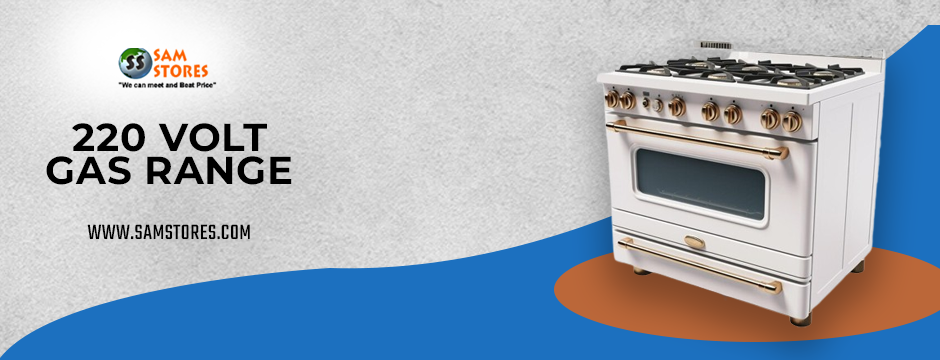When it comes to modern laundry appliances, advancements in technology have led to a new era of innovation and convenience. Among the leading-edge features available in today’s 240 volt electric dryers are several smart features. They elevate your laundry experience to new heights. So, in this blog, we’ll explore these smart features, including Super 10kg capacity, and domestic and commercial warranties supporting up to 25 cycles per week. Further, we will discuss how features like drying racks, Cyclogic controls, and metallic control panels are increasing the efficiency of dryers.
1. Super 10kg Capacity
The Super 10kg capacity in modern 240-volt electric dryers is a game-changer for busy households and individuals with large laundry loads. This increased capacity helps you dry more clothes in a single cycle, saving you time and energy. So, whether you’re washing large bedding sets, bulky winter coats, or a week’s worth of laundry for a large family, the Super 10kg capacity can handle it all.
Additionally, this added convenience reduces the frequency of drying cycles, making laundry day more efficient and less time-consuming. Besides, with a larger drum, you can easily dry bulky items without crowding the drum, ensuring optimal airflow for even drying. Also, this extra space minimizes wear and tear on your dryer, prolonging its lifespan and maintaining its performance over time.
2. Domestic and Commercial Warranty: 25 Cycles Per Week
Modern 240 volt electric dryers are built to withstand heavy use, and many models come with domestic and commercial warranties that cover up to 25 cycles per week. As a benefit, this level of coverage ensures that your dryer is protected against unexpected issues. It provides peace of mind whether you’re using it in a home or business setting.
Such warranties are particularly valuable for commercial laundries, small businesses, or large households that rely on their dryer to operate smoothly and efficiently. Knowing that your appliance has a strong warranty means you can focus on your daily tasks without worry. It ensures peace of mind and protection against unexpected breakdowns. In addition, having such warranties provides you with access to expert repairs and support, further enhancing the longevity and reliability of your dryer.
3. Drying Rack
One of the most innovative smart features in 240-volt electric dryers is the drying rack. This removable accessory allows you to dry delicate items, shoes, and even stuffed animals without the risk of tumbling them in the drum. Besides, the drying rack provides a flat surface where you can lay items out, ensuring that they dry evenly and gently.
It’s a versatile feature that adds value to your dryer and helps you maintain the quality and integrity of your garments and accessories. This accessory is especially useful for drying items, such as sweaters or knitwear, that can lose shape or become damaged in a tumble cycle. So, by providing a gentler drying option, the drying rack extends the lifespan of your delicate clothes and accessories while preserving their original quality and appearance.
4. Cyclogic Controls
Cyclogic controls represent the epitome of smart technology in modern 240 volt electric dryers. These advanced controls use algorithms to analyze your laundry load and automatically adjust the drying cycle for optimal results. Cyclogic controls take into account factors such as fabric type, moisture level, and load size to determine the perfect drying time and temperature. This not only saves you time and energy but also helps protect your clothes from over-drying or heat damage.
Additionally, Cyclogic Controls offers personalized cycle recommendations based on your preferences and laundry history, ensuring a customized drying experience every time. The easy-to-use interface helps you choose the right settings for each load. It simplifies laundry and ensures consistent, efficient results every time.
5. Metallic Control Panel
The metallic control panel is a sleek and stylish addition to modern electric dryers. Its durable design is not only aesthetically pleasing but also easy to clean and maintain. The metallic finish adds a touch of sophistication to your laundry room while providing an intuitive and user-friendly interface for selecting drying cycles and settings.
With its sturdy construction, the metallic control panel can withstand daily use and maintain its pristine appearance for years to come. The clear, well-organized layout of the panel simplifies the process of choosing cycles and customizing settings according to your needs. Beyond aesthetics, the metallic control panel is built to endure wear and tear, ensuring long-lasting performance and reliability while adding a premium touch to your laundry appliances.
Summary
Modern 240 volt electric dryers are revolutionizing the laundry experience with their smart features. The combination of a Super 10kg capacity, a domestic and commercial warranty, drying racks, Cyclogic controls, and metallic control panels ensures that you can tackle any laundry challenge with ease. These features offer unparalleled convenience, efficiency, and protection for your clothes and appliances.
If you’re in the market for a new dryer, consider these smart features when making your decision. Investing in a modern 240-volt electric dryer with these innovative technologies can enhance your laundry routine and provide you with a more efficient and enjoyable experience. Whether you’re drying clothes at home or in a commercial setting, these smart features will make a world of difference in your day-to-day laundry tasks. So, if you want to buy this dryer from a reliable source, choose Sam Stores.









